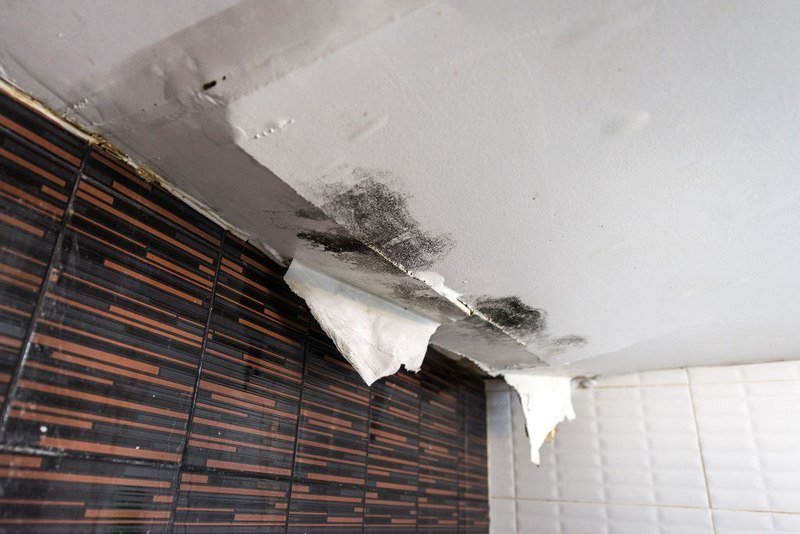How to Avoid the Six Most Common Water Leaks in Your Home
How to Avoid the Six Most Common Water Leaks in Your Home
Blog Article
Just about everyone maintains his or her own way of thinking about Common Water Leaks In House.

Leaks not just cause waste of water however can additionally trigger unnecessary damages to your house and also promote unwanted organic development. However, water leaks might go undetected given that a lot of the pipework in our house is hidden. By looking and recognizing for day-to-day circumstances that cause leakages, you can secure your house from future leaks and unnecessary damages. Today, we will look at 6 leak causes that may be creating your pipes to drip.
Elbowing in roots
Most water leakages start outside the house instead of inside it. If you observe a sudden decline in water pressure, claim in your tap, require time to head out as well as analyze your lawn. You could observe damp spots or sinkholes in your backyard, which may mean that tree roots are attacking water lines triggering water to seep out. You can have your plumber check for breach, especially if you have trees or bushes near your building.
Corroded water systems
As time passes by, your plumbing system ages as well as deterioration such as corrosion may start gnawing the pipes. This could be the source of staining or warping on your water pipes. This requires an inspection with your plumber quickly. Take into consideration replacing the pipelines given that they are at a greater risk of corrosion than the newer designs if our plumbing system is old.
Faulty Pipeline Joints
Pipeline joints can weaken over time, resulting in water leaks. If you have noisy pipes that make ticking or banging noises, specifically when the warm water is transformed on, your pipeline joints are most likely under a lot of stress.
Instantaneous temperature level modifications.
Extreme temperature adjustments in our pipelines can create them to broaden as well as contract unexpectedly. This development as well as contraction may trigger splits in the pipelines, especially if the temperature are below freezing. It would be best if you kept an eye on how your plumbing functions. The presence of the previously stated conditions often suggests a high threat.
Poor Water Connectors
Sometimes, a leak can be brought on by loosened tubes as well as pipelines that supply your appliances. More often than not, changing is what causes the loosened water Connections. You could find when it comes to a washing device, a hose might spring a leakage because of shaking throughout the spin cycle. In case of a water connections leak, you might notice water running straight from the supply line or puddles around your devices.
Obstructed Drains
Clogged drains pipes could be bothersome as well as inconveniencing, however they can often wind up triggering an overflow causing rupture pipelines. Keep eliminating any kind of products that may decrease your drains pipes that can clog them to prevent such aggravations.
All the above are sources of leakages however not all water leakages arise from plumbing leakages; some leakages might come from roof leaks. All leaks must be fixed instantly to prevent water damages.
Leaks not just cause waste of water but can likewise create unneeded damages to your home and also advertise undesirable natural growth. By looking as well as comprehending for everyday scenarios that cause leakages, you can shield your residence from future leakages as well as unnecessary damages. Today, we will look at six leak creates that might be triggering your pipelines to leak.
At times, a leakage can be triggered by loosened tubes and also pipelines that provide your appliances. In instance of a water connections leakage, you might discover water running straight from the supply line or pools around your devices.
How To Check For Water Leak In Your Home
How To Check for Leaks
The average household's leaks can account for nearly 10,000 gallons of water wasted every year and ten percent of homes have leaks that waste 90 gallons or more per day. Common types of leaks found in the home are worn toilet flappers, dripping faucets, and other leaking valves. These types of leaks are often easy to fix, requiring only a few tools and hardware that can pay for themselves in water savings. Fixing easily corrected household water leaks can save homeowners about 10 percent on their water bills.
To check for leaks in your home, you first need to determine whether you're wasting water and then identify the source of the leak. Here are some tips for finding leaks:
Take a look at your water usage during a colder month, such as January or February. If a family of four exceeds 12,000 gallons per month, there are serious leaks.
Check your water meter before and after a two-hour period when no water is being used. If the meter changes at all, you probably have a leak.
Identify toilet leaks by placing a drop of food coloring in the toilet tank. If any color shows up in the bowl after 10 minutes, you have a leak. (Be sure to flush immediately after the experiment to avoid staining the tank.)
Examine faucet gaskets and pipe fittings for any water on the outside of the pipe to check for surface leaks.
Undetected water leaks can happen without the home or business owner even realizing. If you suspect a water leak, but not able to find the source. It is time to contact a professional water leak detection service, The Leak Doctor.
How To Find a Water Leak In Your Home
https://www.leakdoctor.com/blog/How-To-Check-For-Water-Leak-In-Your-Home_AE197.html
As a keen person who reads on Most Common Causes of Leaky Pipes, I was thinking sharing that section was essential. So long as you enjoyed reading our article please make sure you remember to pass it around. Kudos for your time. Kindly pay a visit to our site back soon.
Website Report this page